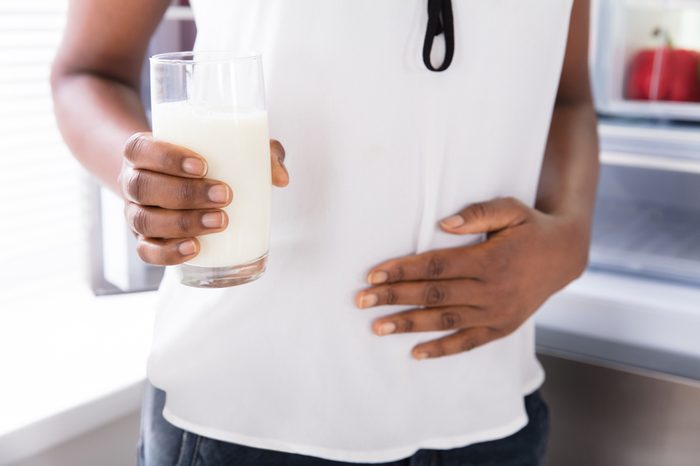
Healing foods
They go straight to your knees. Drinking 1 percent or fat-free milk helped women put the brakes on knee osteoarthritis in one study. Other research indicates that people who eat fruit with vitamin C show fewer signs of heading toward osteoarthritis than those who don’t. In another study, a daily 510 mg ginger extract supplement provided knee pain relief in arthritis patients. Meanwhile, avoid these foods that trigger arthritis flares.
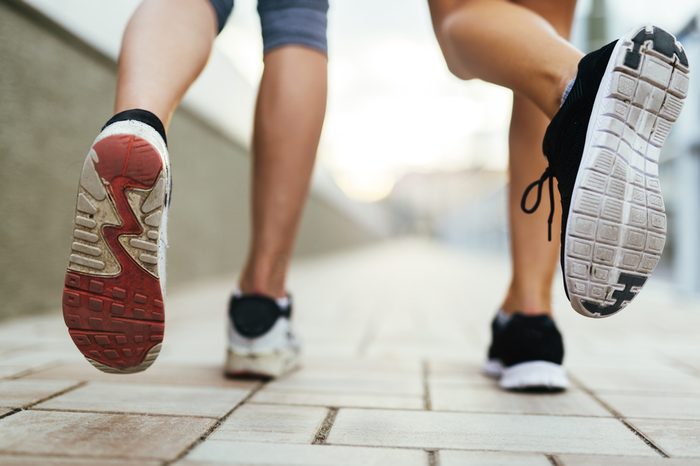
Smart exercise
Definitely don’t stop working out. Staying active builds muscles that support the knee joint. Two things to avoid if you have pain: running and doing full leg extensions with a resistance machine. Better bets: walking, bicycling, and “closed kinetic chain” exercises, in which the foot stays planted (as on an elliptical trainer). If you’re committed to sprints, use these exercises that prevent knee pain when running.
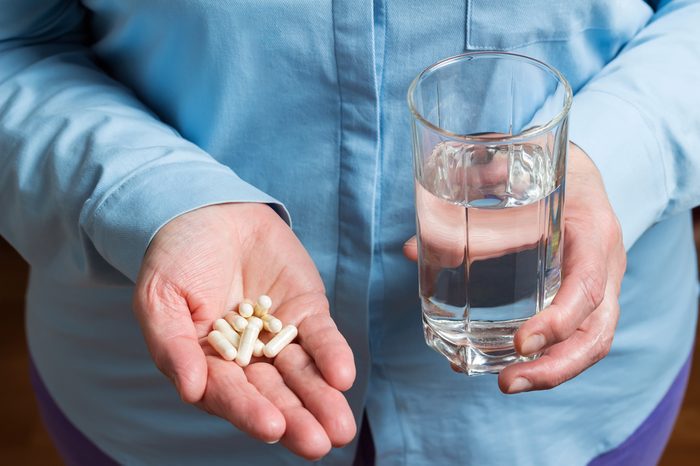
Glucosamine/chondroitin
Some knees respond; some don’t. That’s why the benefit looks statistically nonexistent, on average, in studies. Try it for two to three months: That’s when the knee pain treatment will help if it’s going to. If you don’t know what’s causing your knee pain, check to see if any of these 30 everyday movements are wrecking your joints.
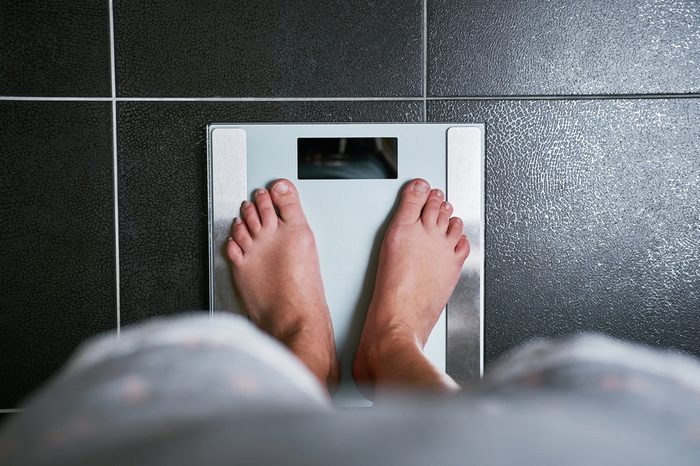
Weight loss
Every pound you lose feels like five fewer pounds to the knee. Exercise and a healthy diet can each help you lose weight, but dropping pounds by combining the two is the gold standard for relieving knee pain and restoring function, according to one recent study.
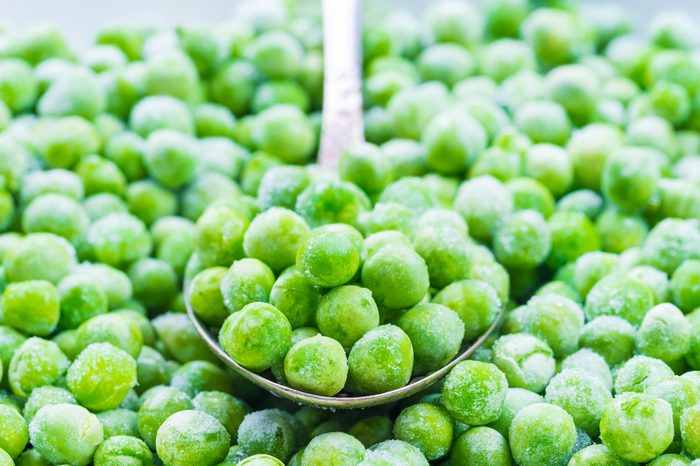
Ice
Frozen peas pair nicely with swelling and pain. Whether you injure your knee or suffer an arthritis flare-up, ice molded around the joint for 20 minutes every hour helps bring down inflammation for a much-needed knee pain treatment. Make sure you know these other effective ways to make arthritis less painful.
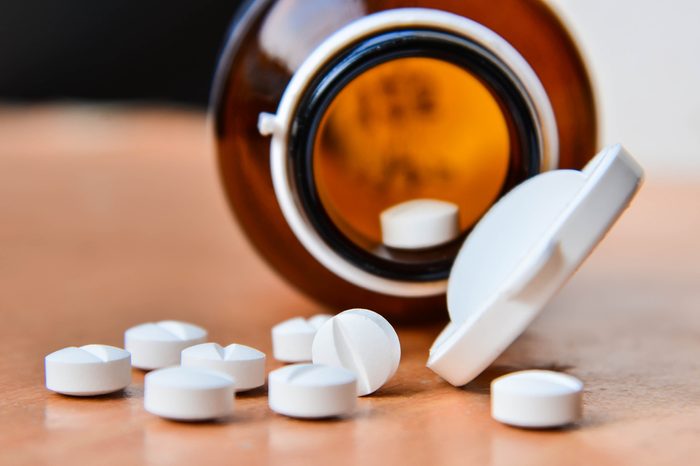
NSAIDs
Medication like ibuprofen (Advil) is better than acetaminophen (Tylenol) for knee pain treatment. If your stomach can take it, pop the drug for ten to 14 days. “That’s more effective than stopping and starting,” says Elizabeth Matzkin, MD, of the American Academy of Orthopedic Surgeons. Don’t miss these other 24 secrets pain doctors won’t tell you.
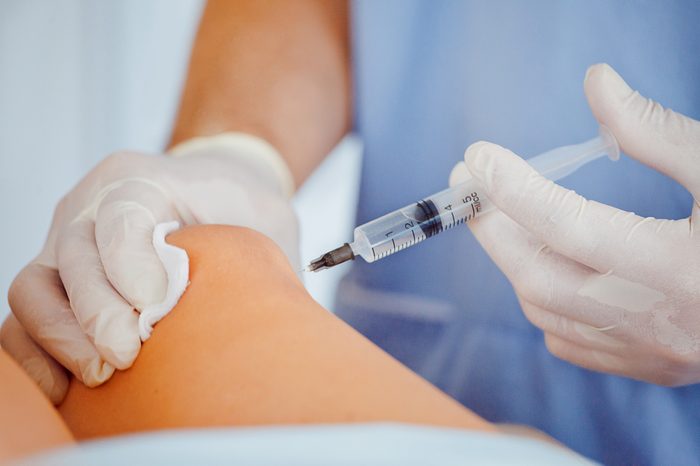
Injections
Corticosteroids can ease knee pain by reducing inflammation when injected directly into the joint. They work well but temporarily. Repeated injections may deteriorate cartilage, so doctors usually limit shots to three or four times a year. Or you could try one of these quick solutions to relieving inside knee pain.

Knee replacement
If less-invasive options fail, consider surgery. A surgeon resurfaces the ends of the femur and tibia (upper and lower leg bones) where they meet and replaces damaged cartilage with metal and plastic implants. It’s the most drastic option, but it could save your stair-climbing career.
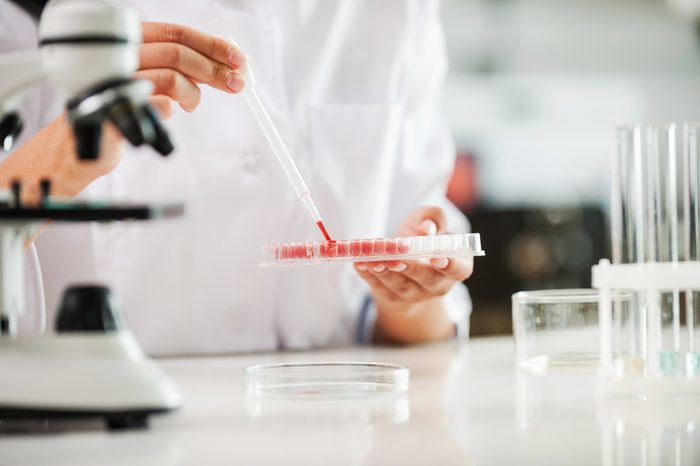
Platelet-rich plasma
Blood gets removed, treated, and then injected into the joint with concentrated proteins called growth factors. Platelet-rich plasma has been used by athletes for sprains; now there’s early evidence that it could act as a knee pain treatment. If it holds up in more studies, the method might go mainstream in a few years. Learn about the different types of leg pains—and which ones are serious.
Sources: Michael J. Stuart, MD, professor of orthopedic surgery at the Mayo Clinic in Rochester, Minnesota; Allen D. Sawitzke, MD, associate professor at the University of Utah Hospital & Clinics; Elizabeth Matzkin, MD, of the American Academy of Orthopedic Surgeons.